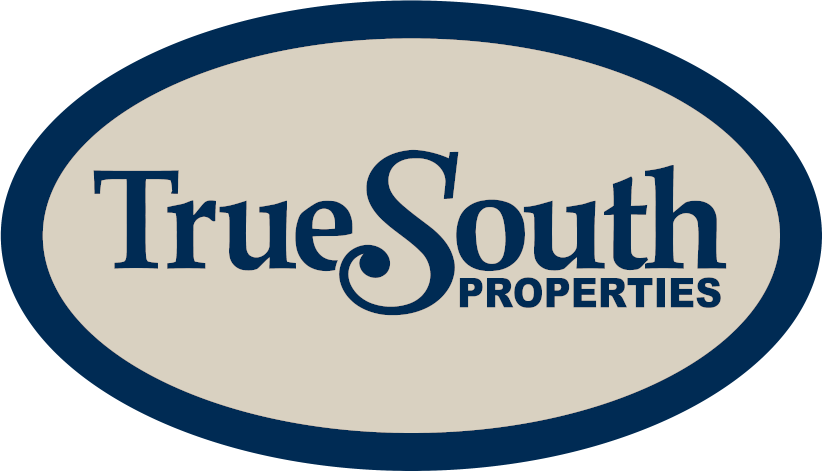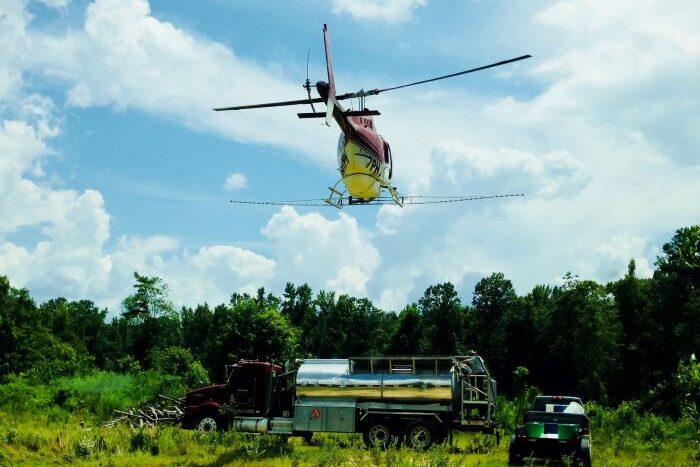Chemical Site Preparation
Chemical Site Preparation: Laying the Foundation for Your Families’ Future Forests
Author: Sam Tate, Registered Forester
Chemical site preparation (CSP) is the most common practice of site prep for recent cutover/clearcut timberland. CSP sets the next rotation of timber up for optimum results of tree health and vigor. Like any investment, your return is only as good as the upfront cost or input. Therefore, private landowners need to make sure they or their consulting forester do their due diligence before moving forward. If you are investing in your retirement account, you typically invest in a stable return that you know has a high chance of being there for you in 30 – 40 years with a worthwhile return. Chemical site prep needs to be viewed the same way.
– Are the chemicals that make up a solution for forestry-related CSP dangerous?
o The short answer is NO. Forestry chemicals have active ingredients, most of which have a lower lethal dosage than table salt humans consume in their daily meals.
o Also, due to the extended rotation period of timberlands (roughly 25 – 35 years per rotation of trees), timberland only undergoes chemical application once every three decades! Compare this to everyday agricultural land that has chemical applications throughout the year every year.
– What chemicals should I use?
o There are two main types of forestry chemicals utilized in CSP that work well when mixed to holistically target a variety of unwanted vegetation: Foliar Active & Soil Active
Foliar Active – these chemicals target the above-ground portion of noxious weeds, plants, or other undesirable species. Wherever contact of the chemical meets the plant then a landowner should expect those areas to “brown up”. If no contact is made with the targeted species or surrounding area then do not expect any mortality of undesirables. One well-known label for a foliar active chemical would be RoundUp (active ingredient: glyphosate). There are other foliar active chemicals, but glyphosate is the most used foliar active chemical in forestry CSP to ensure natural pine problems can be targeted.
Soil Active – these chemicals not only can kill areas where contact is made but they are also useful, once contact has been made, to move throughout the plant’s root system as well as the surrounding soil and kill the vegetation in a more bottom–up method versus the top kill method of the foliar active chemicals. These chemicals are commonly used where issues of undesirable hardwoods are present, such as sweetgums. Landowners need to be cautious with this chemical and place buffers around hardwoods they want to maintain as well as creeks or other water systems where the integrity of the vegetation needs to remain intact. Soil active chemicals could move downstream and kill trees should the chemical get near or into the soil surrounding the water.
– What time of year should a vendor spray a landowner’s clearcut for site prep work?
o CSP typically takes place between May and September
o CSP is typically applied once a clearcut has had time to sit out for 6 – 12 months.
This allows all vegetation that needs to be targeted to sprout back out and begin growing.
This also ensures that the clearcut has sat out long enough to avoid any potential pest issues that can occur when a site is planted too soon.


